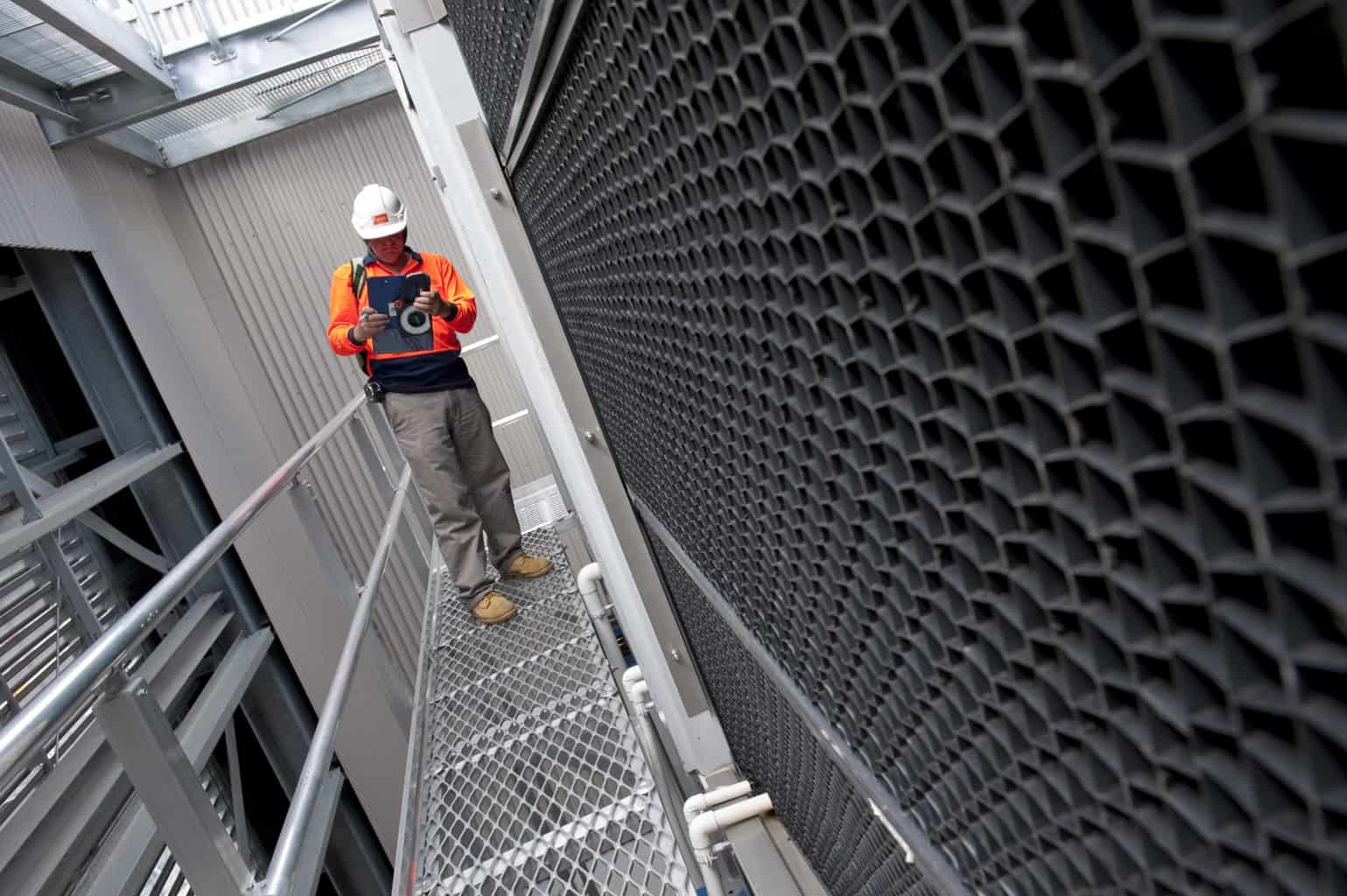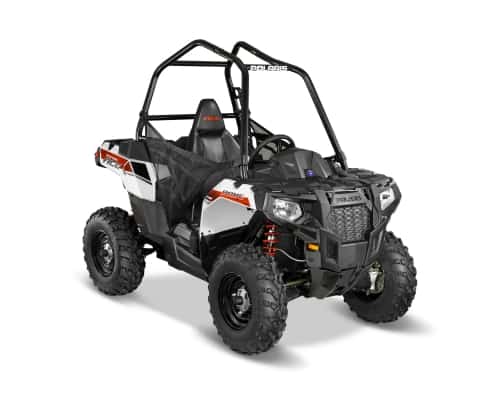Writing about workplace mental health is a tricky task. An article recently posted to Business News Western Australia shows how tricky it can be and how mental health can be misinterpreted as mental illness.
The headline, “Are you one of the 20% of workers that will experience a mental health issue?” clearly refers to workers but the first sentence of the article does not. “Australian adults” are not all “workers”.
Out of the total population of around 24 million Australians, Wikipedia estimates the working-age population of Australia (15 – 64 years) at round 67% (16 million, approximately). If we apply these statistics to the headline, there are 3.2 million workers who “will experience a mental health issue”. But is this annually, over one’s working life or over a lifetime? The article does not say.
Not only are the statistics messy, so is the terminology.


 The revised
The revised 